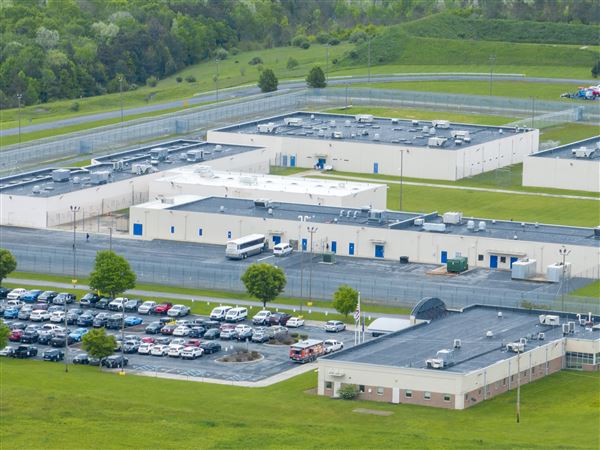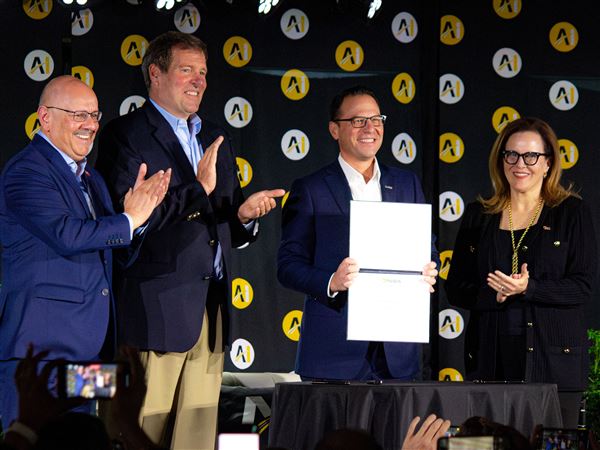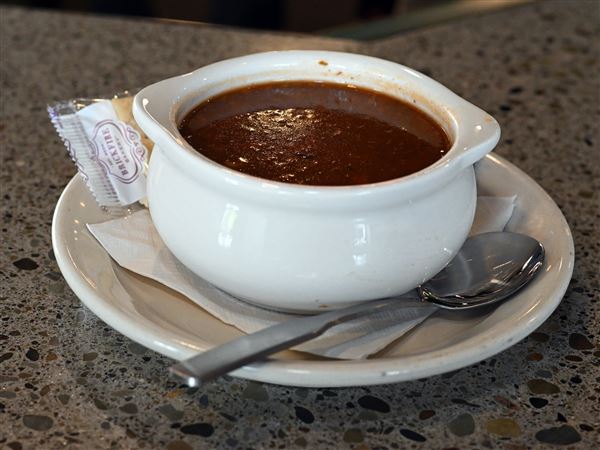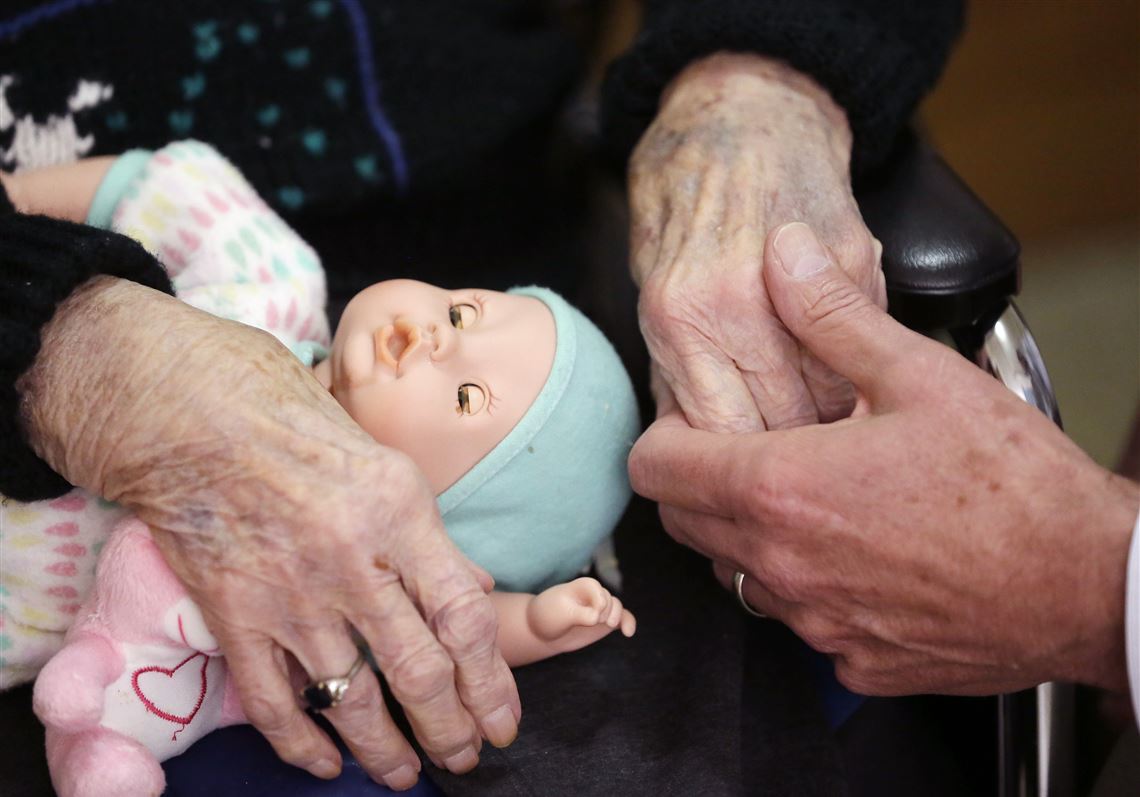Long-term care in nursing homes grew more expensive again in the past year both locally and nationally, according to a survey from Genworth Financial.
Americans also are paying more for other care options like home aides and assisted living communities, while adult day care costs fell slightly compared to 2015, Genworth reported in a study released Tuesday.
Its 2016 Cost of Care Study reported both that the cost of in-home help is higher in Pennsylvania than elsewhere in the country and the price for it is rising faster than is the case for the nation overall.
The cost of receiving the type of homemaker services a personal care aide performs — i.e., basic assistance with dressing, housekeeping, meal preparation — averages $21.50 per hour in Pennsylvania compared to $20 nationally, according to the survey. The rate is estimated to be even higher in the Pittsburgh area, at $22.50 hourly.
The study found a 5.1 percent rise in Pennsylvania from 2015 to 2016 in the cost of hiring a homemaker, which is twice the rate of increase in such costs nationally. Regardless of geography, the cost of hiring homemakers has been rising faster than the cost of placement in long-term care settings outside the home.
The survey estimated that the average annual cost of residing in assisted living is $43,200 in both the Pittsburgh area and statewide and $43,539 nationally. For a semi-private nursing home bed, the annual cost is pegged at $105,850 in Pittsburgh and $108,847 in Pennsylvania but only $82,125 nationally.The study makes no attempt to explain the regional variations in costs.
The one price that reportedly saw no increase in the past year is for adult day care, which remained at an average of $15,600 annually ($60 an hour) in Pennsylvania and dropped slightly nationally to $17,680 ($68 an hour).
Genworth Financial Inc. sells long-term care insurance and didn’t address the cost of that coverage in its study, which was based on information from 15,000 long-term care providers.
Coverage costs also are rising, and many people don’t understand these expenses until they face them, said Joe Caldwell of the National Council on Aging, which is not connected with the study.
“It’s really becoming more and more difficult for the average family ... to even purchase long-term care insurance,” said Mr. Caldwell, the nonprofit’s director of long-term services and support policy.
Medicare doesn’t cover long-term stays, so a large swath of people who need that coverage wind up spending down their assets until they qualify for the government’s health insurance program for the poor, Medicaid.
Nursing home costs are rising largely because residents are more likely to arrive with chronic conditions like diabetes or emphysema that need more medical attention, said Greg Crist, a spokesman for the American Health Care Association, the country’s largest trade group for nursing homes. He added that the average nursing home resident takes 11 prescription medications.
“They’re living longer, they’re not necessarily living healthier,” he said.
Genworth found that the median annual cost for assisted living communities adds up to $43,539 this year. In-home health aides, who help patients with non-medical tasks like bathing or dressing, cost $46,332 annually.
First Published: May 12, 2016, 12:15 p.m.















